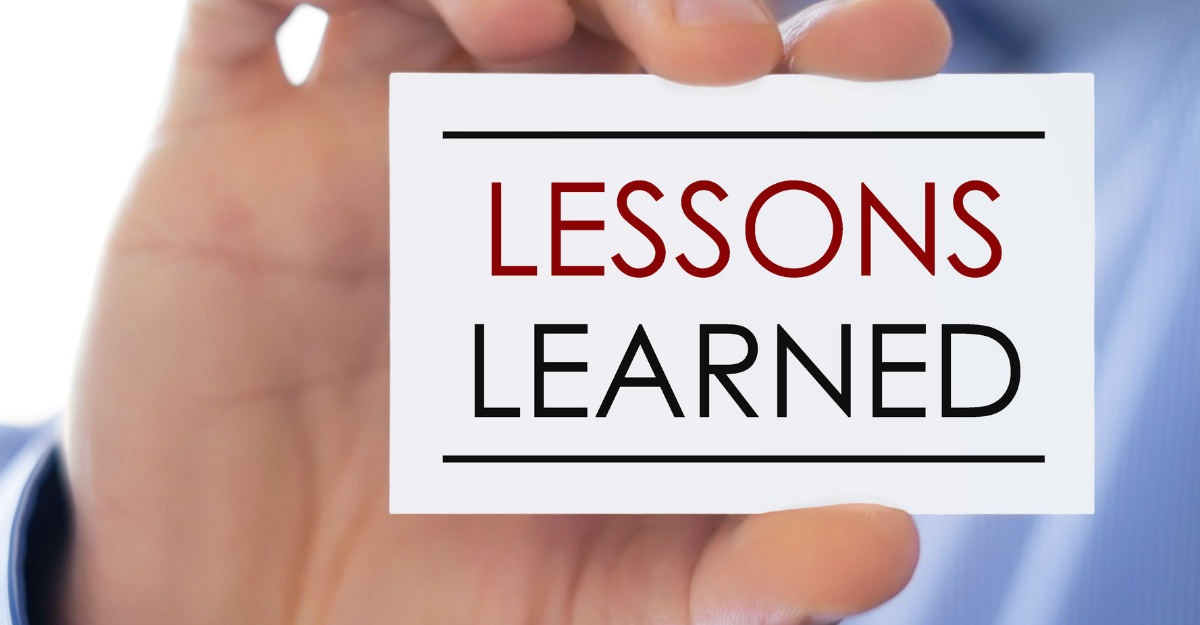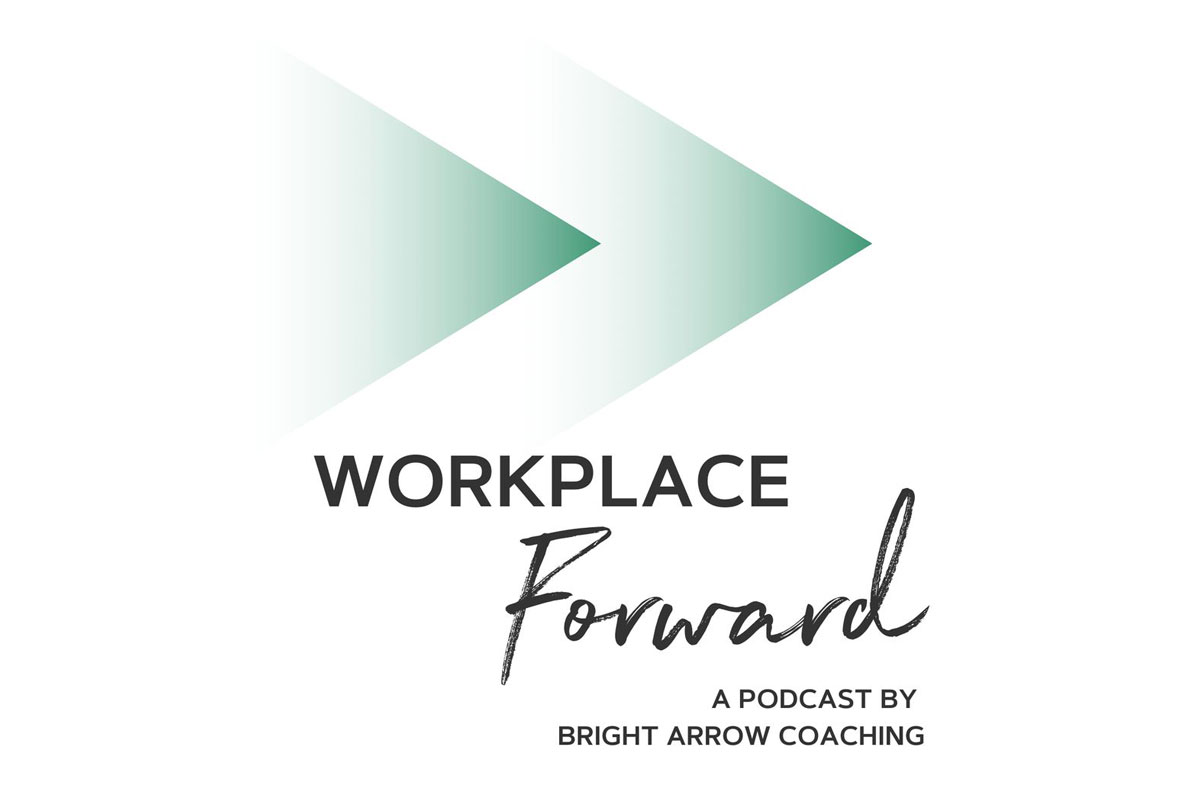Unlike the business crises of previous decades, the COVID-19 pandemic is a new challenge to businesses and their employees. While the fear of joblessness was real, employees also experienced a variety of organizational traumas, creating a crisis of well-being. As we move into a post-pandemic era, leadership has a unique opportunity to address organizational trauma by creating psychological conditions of meaningfulness, safety, and availability, restoring employees’ well-being through connection, compassion, sympathetic responses, and active listening.
In our own coaching work with C-level executives, we’ve found that many leaders are indeed tackling organizational trauma in these types of ways, and in doing so are nurturing employee and customer well-being. We interviewed top executives at global companies about their approach to overcoming the organizational trauma, which revealed the following four key lessons for leadership to carry with them into the post-pandemic era.
LESSON 1: COMPASSIONATE LEADERSHIP ADDRESSES EMPLOYEE NEEDS
In coaching executives, we’ve observed firsthand that many led through the pandemic with a high level of compassion. Sara Martin, CEO of WELCOA, which specializes in workplace wellness certifications and trainings, noted that many companies began providing more flexibility, work-from-home arrangements, and wellness programming during the pandemic. According to Martin, the current opportunity for business leaders is to continue to foster employee well-being beyond the pandemic.
“[Of a survey of] 300 employers, 93% agreed that employee well-being and support will be critical to attracting and retaining talent in the future,” Martin said. “They know that over the next decade, the new interview question will be: ‘What did you do to support employees during the pandemic?’”
Tami Erwin, CEO of Verizon Business, told us that Verizon has always been good at “running to a crisis,” noting that her company is involved in natural disasters with first responders who require connectivity and with employees who require support in the community. But she identified the pandemic as a different kind of crisis.
“This was, quite frankly, a human crisis that required a lot of connectivity on an emotional level,” Erwin said, adding that it has stretched leaders to show higher levels of compassion, kindness, and empathy—and that creating new ways to collect feedback from employees about their needs became a top management priority.
Stacy Simpson, CMO and global lead for corporate responsibility and diversity, equity, and inclusion at Genpact, a professional services company with a staff over 90,000, shared that when the pandemic led to thousands of their employees suddenly shifting from working in the company’s offices to working at home, management utilized its internal chatbot “Amber” to check on employee sentiment. “Through the use of these constant little checkins [through an] AI bot, we were able to sense some trends and say, ‘you know what, there’s fatigue in this market. There’s fatigue in this part of the business,’” Simpson said. “So these little trends send up flags that allow us to make sure that we continue to do something to address the issue.”
LESSON 2: INCLUSION AND BELONGING FACILITATES EMPLOYEE ENGAGEMENT
As Dr. Britt Andreatta, former chief learning officer for Lynda.com, now LinkedIn Learning, explained in a blog post, “belonging is the feeling of being part of something and mattering to others. We create it through inclusion, which consists of intentional acts. Employees don’t need to be popular or liked by everyone, but they do need to have a sense of belonging somewhere and with someone.” But how could leaders create a culture of belonging when the pandemic created divisions and separation between employees that naturally undermined it?
Yahya Mokhtarzada, cofounder and chief revenue officer of personal finance startup Truebill, admitted that it has taken some trial and error, as well as recalibration, along the way. “Perhaps we went overboard in scheduling non-work related virtual social events, but it’s effective,” Mokhtarzada said. Among these offerings were what he described as a 30-minute “daytime TV” segment every Wednesday that “interviews” someone in the company. “We have a host and during the interview other employees can ask that person questions,” Mokhtarzada said. “The whole company participates. And yes, it’s 30 minutes away from being productive or working on whatever you’re working on, but it reminds you that you’re part of something more than just your work.” Other events include sending employees s’mores kits, holding a happy hour or other virtual social gathering every Thursday or Friday, and hosting all-company games every Friday over Zoom. “It does add up to a lot of time,” Mokhtarzada said. “But I think what you get back is significantly greater than the cost.”
Erwin added that Verizon also found ways to facilitate a feeling of inclusion and belonging during the pandemic that continues to this day. “We’ve made it okay for kids to run by in the back of the video, to get to know people’s pets, to realize that there’s going to be a different kind of noise level, to realize that parents need to get their kids started in their online education and then join a call late and create a different kind of flexibility,” Erwin said.
LESSON 3: THE INTANGIBLE ASPECTS OF RELATIONSHIPS CONTRIBUTE TO PRODUCTIVITY
As business travel came to a screeching halt in March 2020, with many companies moving all meetings, strategy sessions, and sales calls to Zoom, teams accustomed to working together in conference rooms scrambled to figure out how to collaborate online. In coaching top executives, many leaders have shared with us that they feel something missing in virtual interactions, but they have a hard time pinpointing exactly what it is. How do organizations foster the elusive je ne sais quoi, of building in-person relationships?
Simpson compared the experience of traveling so much globally that she would sometimes wake up and wonder which country she was in with the pandemic work life, which has relegated her to working from the same room of her home for the past year and a half. “I think there is now a general awareness or agreement that we, as business people, don’t have to physically be everywhere [and] we don’t have to show up in person all the time in order to get the work done,” Simpson said. “And then there are very specific things that cannot be duplicated virtually, and those things we absolutely should continue to do in person.” The challenge, she stressed, is recognizing which things can be done virtually and which things should be done face-to-face in order to facilitate relationship building.
Mokhtarzada agreed that even with implementing many virtual social events, it’s more challenging to build social capital remotely. “I think working face-to-face with people reminds you that you’re all on the same team and everyone wants the same thing, and you all generally like each other,” he said. “When you take away that face-to-face element and you’re just communicating over email, there’s a lot more room for things like the tone to be misread or negative narratives to develop. And you don’t have the opportunity to automatically snap out of that mindset by having lunch with the person.”
LESSON 4: REIMAGINED TECHNOLOGY CAN BENEFIT EVERYONE FROM NEW INDUSTRY ENTRANTS TO STAKEHOLDERS
Another unique lesson ushered in by the pandemic is that companies can repurpose technology to support employees and customers. During the pandemic, consumer financial services company Synchrony enabled integrated payment capabilities that created seamless digital experiences from within customers’ mobile devices, enabling key COVID-19 safety practices like curbside pickup. “Everything was built from our strong cloud and AI foundation,” said Carol Juel, executive vice president, chief technology officer, and COO of Synchrony.
Juel explained that she never imagined her organization would repurpose agile technology to build customized client experiences, while also prioritizing health and safety. “All of a sudden you have a different problem to solve, you can just use the tools in the toolbox. It is never as easy as it sounds, but when you bring creative minds together, you come up with some really interesting solutions,” she says.
Other organizations took a similar approach to rethinking their existing tech and innovation. In addition to Simpson’s repurposing their AI bot to help address employee needs, the company also identified another preestablished technology that could support their customers during the pandemic: their internal AI-based intelligent platform, Genome, that helps employees learn at their own pace. “This was a very successful internal technology for us when we were entering [COVID-19],” Simpson explained. “A couple of months into COVID-19 we were very clear that we had a responsibility to help everybody [who needs this technology].”
As the team examined the platform, they decided that they would externalize parts of those learning journeys that involved core skills that anybody could benefit from. “It was a few thousand pieces of some of our core materials that we externalized and just said, ‘this is for professional development and absolutely anybody can have access to it,’” Simpson says.
By responding well to the human needs of customers and employees, as well as committing to the above lessons, companies will be better prepared to succeed in battles for top talent.
This post was originally published at Fast Company.
Love this post? For a regular dose of empowerment delivered right to your inbox, sign-up for Bright Arrow Digest here.









